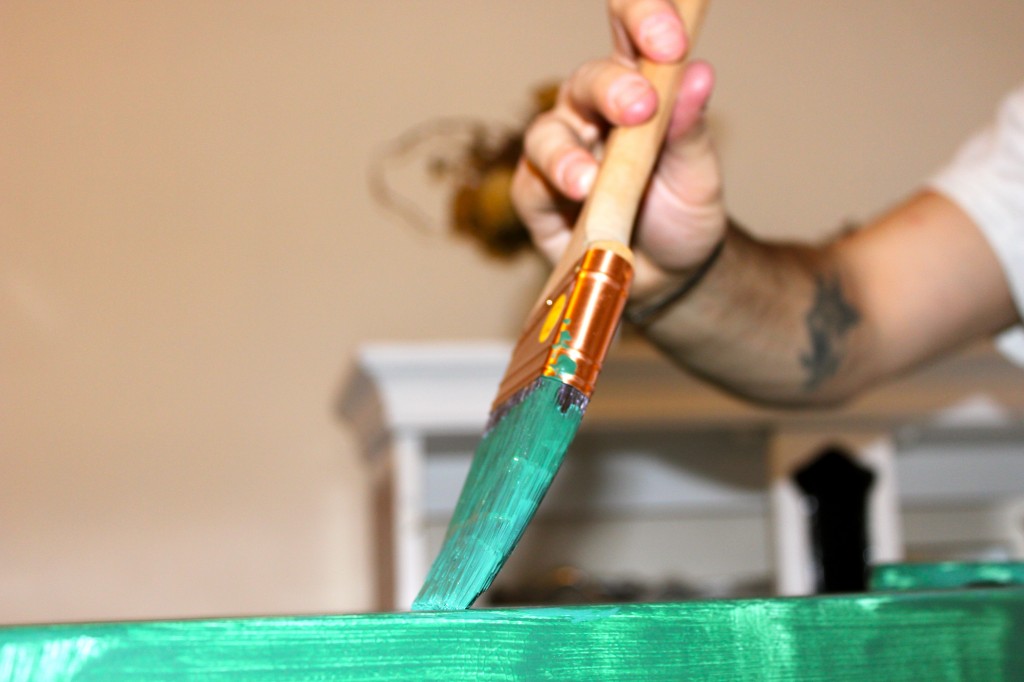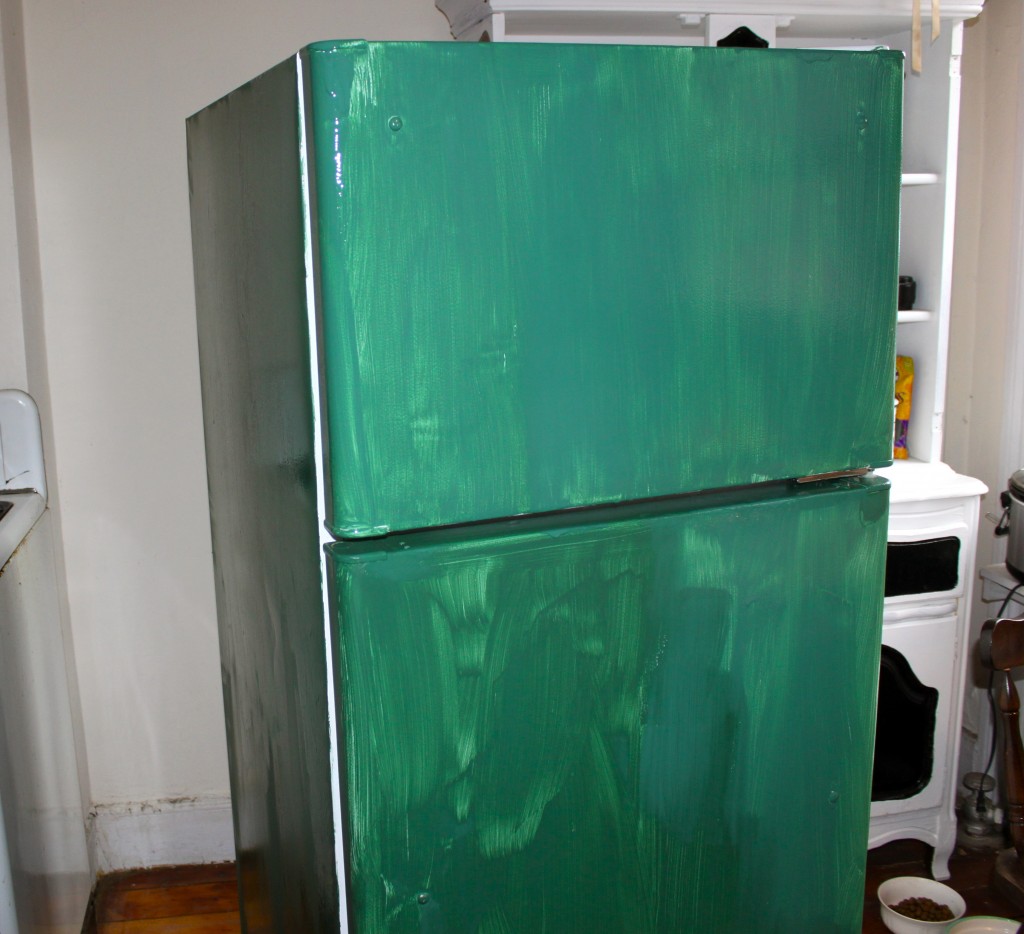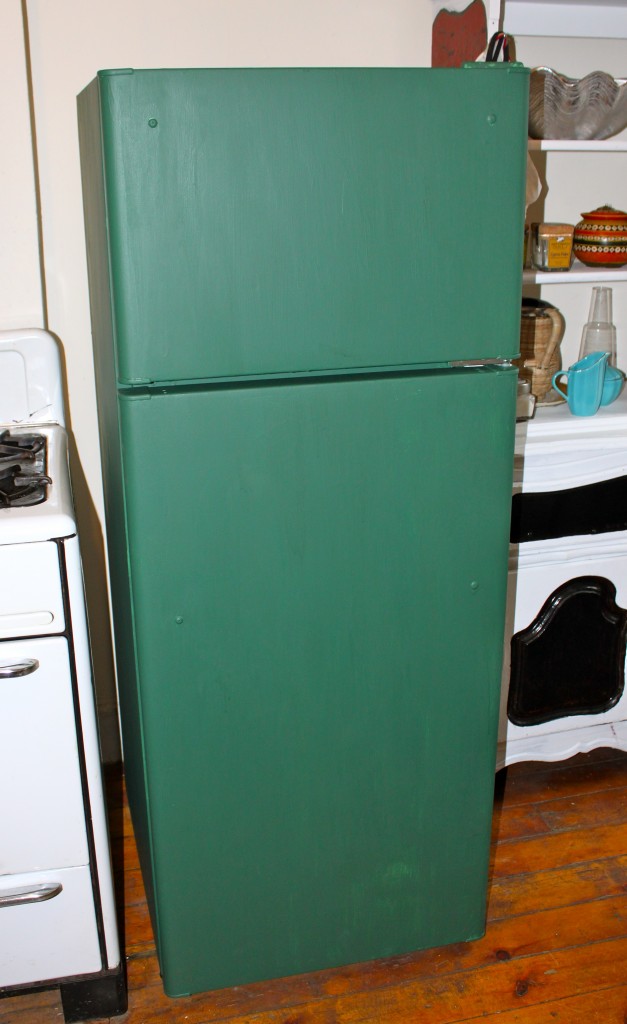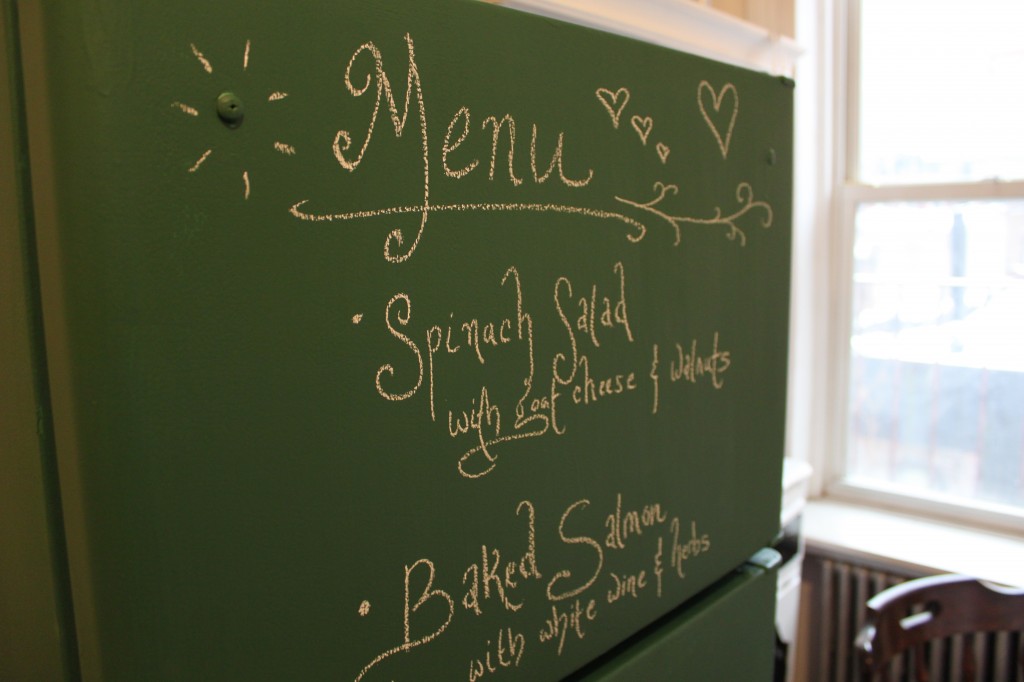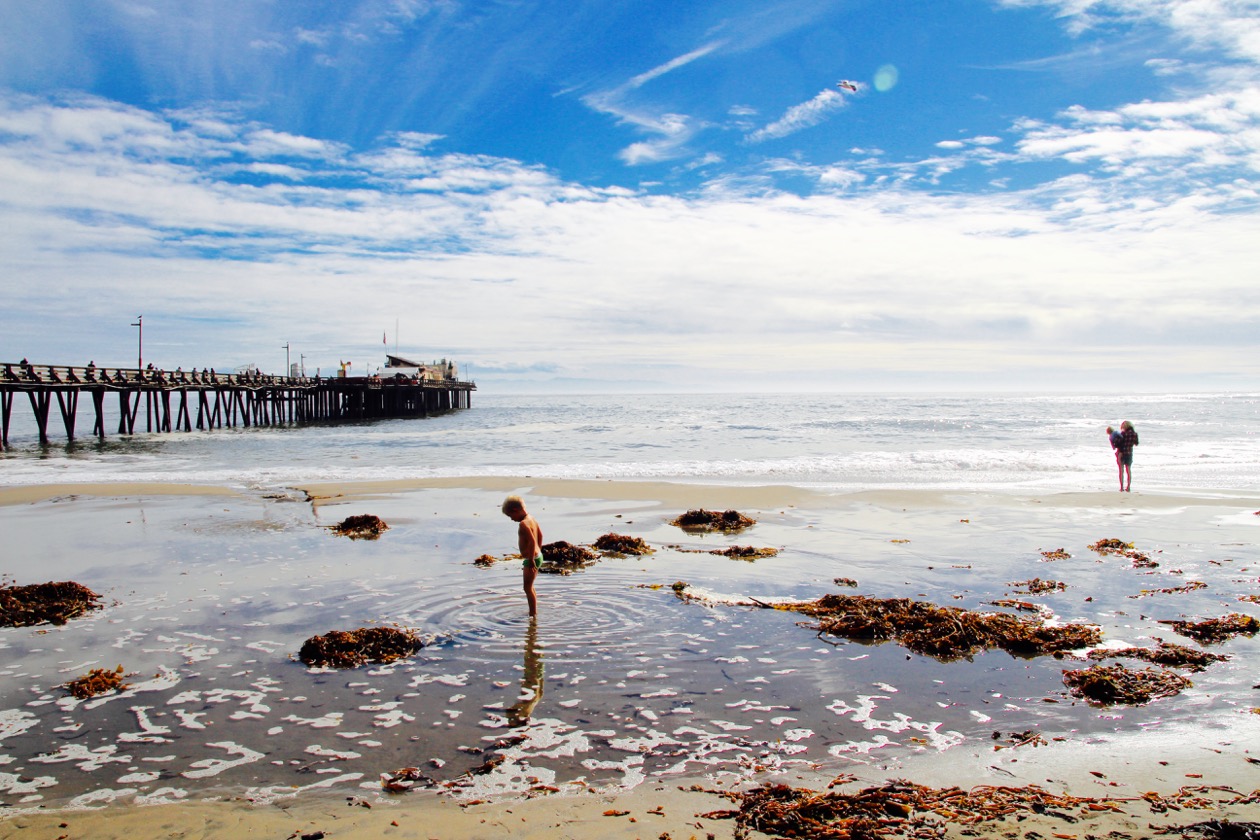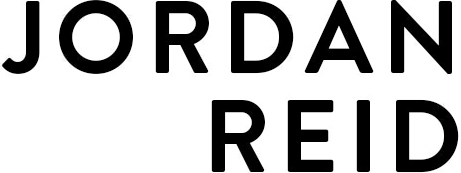
Meet My New Favorite Piece of Furniture:
My refrigerator.
I guess it’s technically My New Favorite Appliance, but let’s not nitpick, hey?
L: Pre-Jordan Intervention R: Post-Jordan Intervention
Seriously, IloveitIloveit. It’s just too much fun. I’ve designated the front of the refrigerator for menus (great for dinner parties, since our dining room table is right next to it) and…I don’t know, artistic moments and such. The left side is for cooking notes, since it’s right next to the stove, and the right side, which is sort of hidden from view, is for grocery lists.
And?
It’s easy.
And cheap.
And everyone who comes over will be jealous and want to do it to their own refrigerator (speaking from about two weeks’ experience here).
OK. So here’s what you do.
First, buy some chalkboard paint. Lots of hardware stores sell the black stuff, but I had some trouble finding Schoolhouse Green, so I went to Home Depot and had it custom-mixed. Total cost: $16.
Next step: remove the handles. I decided to leave them off for a cleaner look (I screwed the bolts back in so there weren’t any ugly holes), but you can replace them afterwards if you like.
You should really clean and sand your refrigerator before you get going, so that you start with a nice, even (and non-greasy) surface. Lay down some newspaper before starting this step, as sanding can get messy depending on how enthusiastic you are.
Now, tape off any areas that you don’t want to turn green (the insides of the doors, the hinges, etc), and get to painting (start at the top and work your way down for best results).
This is after one coat. I let it dry for a couple of hours and put on a second coat, and then let it dry overnight and applied a third coat in the morning.
This is after three coats.
I ended up doing a few more touchups (not a full coat) after this picture was taken because the flash showed me that there was some unevenness down towards the bottom. So seriously: if you have low-ish light in your apartment, try taking a flash shot: it’ll show you any imperfections in the finish.
You should definitely let it dry for at least 24-48 hours before trying to use chalk on it, and some recommend “priming” it by running a piece of chalk all over, letting it sit for a bit, and then wiping it clean. I skipped this last step, and it seems to work just fine.
See?
IloveitIloveit.

